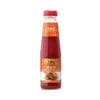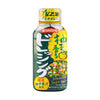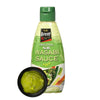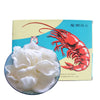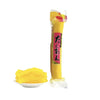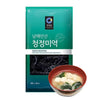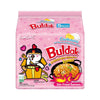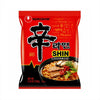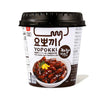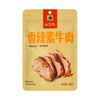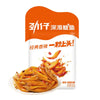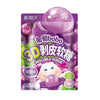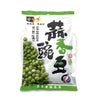Miso, Doenjang e Pasta di Soia Fermentata: tre culture in un cucchiaio
Nel cuore della cucina asiatica ci sono tre paste fermentate a base di soia che giocano un ruolo fondamentale: il Miso giapponese, il Doenjang coreano e la pasta di soia fermentata cinese (黄豆酱). Anche se tutte partono dalla soia, i loro ingredienti, metodi di fermentazione, sapori e significati culturali sono molto...
Introduction to Japanese Miso: The Magic of Fermentation
In Japanese cuisine, there is a simple yet fundamental ingredient that is present everywhere: miso . From everyday soup to stews, sauces to marinades, miso is the soul seasoning in the culinary tradition of Japan. But what exactly is miso? And how do the various types differ? Let's discover together...
Tonight we are eating Sautéed Rice Noodles with Bacon & Makgeolli!
✨ A tasty and easy to prepare dish: stir-fried rice noodles (炒粉干) with crispy bacon and fresh vegetables! All accompanied by a glass of Makgeolli , the traditional Korean rice wine. Perfect for a tasty and relaxing dinner! 😋 🥢 Ingredients: ✔️ 150g rice spaghetti ✔️ 100g bacon (diced or...
How to Prepare Mapo Tufo Dish
Mapo Tofu Serving Size: 1 ½ cups INGREDIENTS • 1 pack of Mori-Nu Silken Tofu Firm • 3 cups of water • 1/8 teaspoon salt • 170g fresh shiitake mushrooms, stems separated and caps finely chopped • 2 tablespoons vegetable oil • 4 small dried red chillies, seeded and finely...


